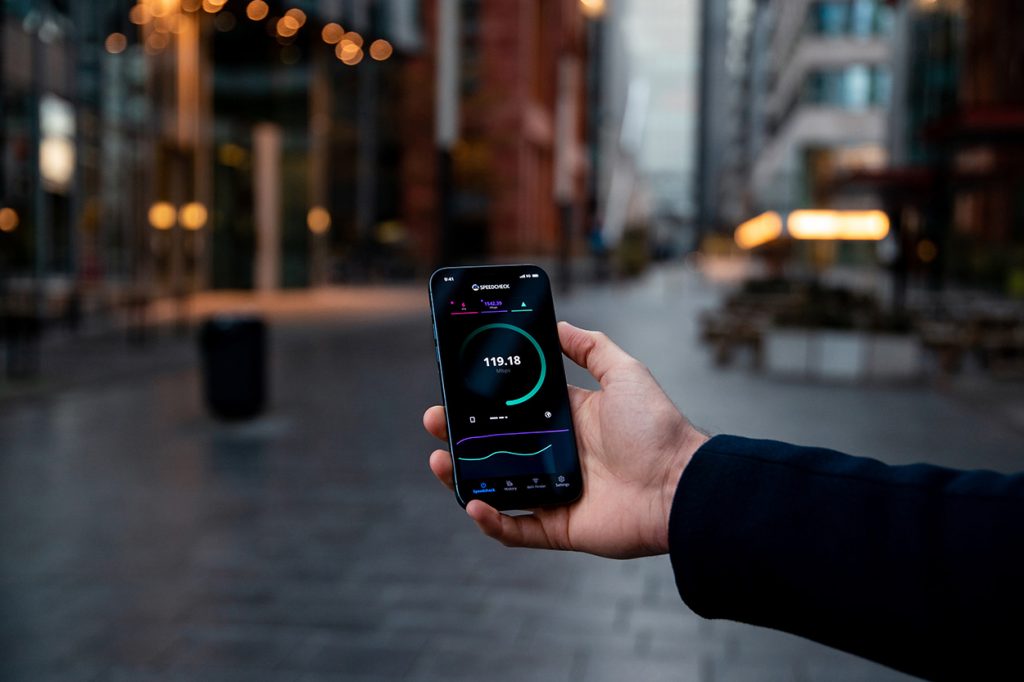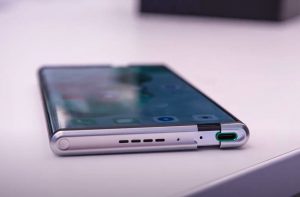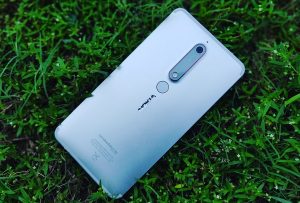
5G Network Technology and their details
The fifth generation technology standard for broadband cellular networks is 5G that cellular phone companies started deploying in 2019 worldwide. 5G provides connectivity to most current cellphones being the planned successor to the 4G networks. 5G networks are being predicted that they can have more than 1.7 billion subscribers worldwide by 2025, according to the GSM Association. Like its predecessors, 5G network is a kind of cellular network, and in that the service area is been divided into small geographical areas which are called cells.
All 5G wireless devices in a cell can be connected to the Internet and telephone network by radio waves via a local antenna in the cell. The main advantage of the new networks is to have greater bandwidth which can give higher download speeds up to 10 gigabits per second (Gbit/s). Due to the increased bandwidth, it can be expected that the networks can increasingly be used as general internet service providers for laptops and desktop computers, competing with existing ISPs such as cable internet, and also can make possible new applications in the internet of things (IoT) and machine to machine areas. 4G cellphones can not be able to use the new networks, which may require 5G enabled wireless devices.
The speed that is increased can be achieved partly by using additional higher-frequency radio waves in addition to the low and medium band frequencies that are used in previous cellular networks. Higher-frequency radio waves having a shorter useful physical range, require smaller geographic cells. For wide service, 5G networks can operate on up to three frequency bands – low, medium, and high. A 5G network can be composed of networks including up to three different types of cells, each may require specific antenna designs as well as providing a different tradeoff of download speed to distance and service area. 5G cellphones and wireless devices can be connected to the network via the highest speed antenna within range at their location.
Performance of 5G
- 5G speeds range between~50 Mbps to over 1 Gbps.
- The fastest 5G speeds can be in the mmWave bands reaching 4 Gb/s with carrier aggregation and MIMO.
- Sub-6 GHz 5G or mid-band 5G delivers from 100 Mbps to 4400 Mbps but may have a further reach than mmWave.
- C-Band (n78) might be deployed by various operators by the end of 2021.
- Air latency in 5G for equipment shipping is 8–12 milliseconds in 2019.
- The latency to the server has to be added to the “air latency” to compare.
- Verizon has reported the latency on its 5G early deployment is 30 ms Edge Servers close to the towers that are able to reduce latency to 10–20 ms and 1–4 ms might be rare for years outside the lab.
- Using adaptive modulation and coding scheme (MCS), 5G keeps the bit error rate low.
- mmWave signals intend to have a range of only a couple of hundred meters low band signals and may have a range of a couple of kilometers.
Controversies about 5G
- People fear and have anxiety for surrounding wireless signals that can predate 5G technology.
- The center on fringe claimed that non-ionizing radiation poses can danger to human health.
- Ionising radiation, non-ionizing radiation may not remove electrons from atoms.
- The CDC said that Exposure to intense direct amounts of non-ionizing radiation might result in damage to tissue due to heat.
- Some advocates of fringe health claimed that the regulatory standards were too low and influenced by lobbying groups.
- Joseph Mercola alleged that wireless technologies had caused numerous conditions from ADHD to heart diseases and brain cancer and so the 5G could.
In The New York Times in 2019, William Broad said that RT America had begun airing programs linking 5G having harmful health effects which may lack scientific support like “brain cancer, infertility, autism, heart tumors, and Alzheimer’s disease.
In Geneva, Switzerland, an upgrade to 5G had been stopped for the same reason.
According to CNET Members of Parliament in the Netherlands called on the government for taking a closer look at 5G.
In Mill Valley, California, the city council had blocked to deployment of new 5G wireless cells.
Devices of 5G
The Global Mobile Suppliers Association had released the industry’s first database that tracked worldwide 5G device which were about to launch in 2019.
Related Post
The rollable concept of a smartphone features and their details
The rollable concept of a smartphone features and their details The rollable concept of a smartphone features a scroll-like display which is built with an OLED flexible screen measuring as …
Smartphone effects on children and their negative impacts
Smartphone effects on children and their negative impacts People worldwide are using mobile phones as well as children for purposes like playing games, watching videos or cartoons. Some children talk …
Negative impacts of smartphone on teenager and youth
Negative impacts of mobile phone on teenager and youth A mobile phone being a handy tool, can ease communication with colleagues, friends, and relatives. This technology provides many more benefits …
Harmful Effects of using mobile phone for a long time or continuously
Harmful Effects of using mobile phone for a long time or continuously Mobile phone is needed in our day to day life. We require a mobile phone for personal as …
Nokia mobile phone brands and their details
Nokia mobile phone brands and their details Nokia Corporation known as Nokia is one of the most popular companies which is Finnish multinational telecommunication, information technology, and consumer electronics company. …






